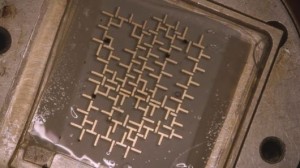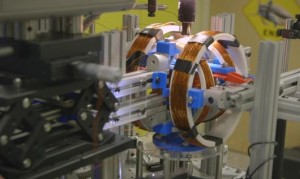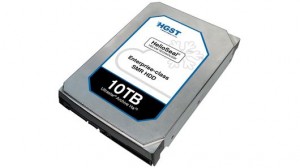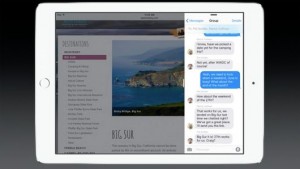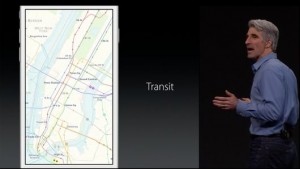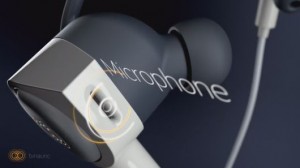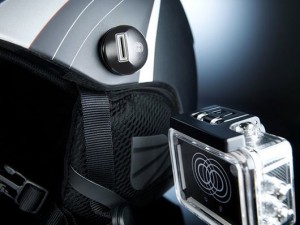Engineers create a computer with a water droplet processor
From driving water wheels to turning turbines, water has been used as the prime mover of machinery and the powerhouse of industry for many centuries. In ancient times, the forces of flowing water were even harnessed to power the first rudimentary clocks. Now, engineers at Stanford University have created the world’s first water-operated computer. Using magnetized particles flowing through a micro-miniature network of channels, the machine runs like clockwork and is claimed to be capable of performing complex logical operations.
Using poppy-seed sized droplets of water impregnated with magnetic nanoparticles (those handy little elements being used in everything from drug delivery in humans to creating e-paper whiteboards), the new fluidic computer uses electromagnetic fields to accurately pump these droplets around a set of physical gates to perform logical operations. Suspended in oil and timed to move in very specific steps, the droplets in the system can theoretically be used to accomplish any process that a normal electronic computer can, albeit at considerably slower speeds.
Stanford assistant professor Manu Prakash has spent almost a decade thinking about such a device, ever since he was a graduate student. The many and varied components required of a fluidic computer have slowly coalesced in his mind over that time, with the most fundamental component of all – an accurate operating clock to drive the logic – being the crucial element in bringing his invention to fruition. Ultimately, Prakash built a rotating magnetic field to synchronize the flow of all the droplets in a precisely timed manner, and act as the clock.
“The reason computers work so precisely is that every operation happens synchronously; it’s what made digital logic so powerful in the first place,” says Prakash. “In this work, we finally demonstrate a synchronous, universal droplet logic and control.”
According to the Stanford researchers, this new type of computer offers up a way to produce an alternative to high-speed, complex, electronic computers and take logic processing to the physical world. In this way, the fluidic computer may find applications in such areas as biology, chemistry, and other physical sciences and technology that use processes more akin to the properties of organization found in nature.
“We already have digital computers to process information,” says Prakash. “Our goal is not to compete with electronic computers or to operate word processors on this. Our goal is to build a completely new class of computers that can precisely control and manipulate physical matter. Imagine if when you run a set of computations that not only information is processed but physical matter is algorithmically manipulated as well. We have just made this possible at the mesoscale.”
To create the fluidic logic, Prakash and Stanford graduate student Georgios Katsikis constructed assortments of miniscule iron blocks on glass slides to act as physical logic gates. Resembling a Pac-Man maze, the whole structure is filled with oil and topped with a clear glass slide, so that the fluid is sandwiched between the layers. To this, the researchers syringe in separate magnetic-nanoparticle-infused droplets of water.
They then surrounded the device with a series of large electromagnetic coils that, when turned on induce a magnetic field in the iron bars. As this magnetic field has its polarity alternately and continuously changed, so too there is a change in the induced magnetic field of the iron bars, and the magnetized water droplets are drawn around the circuit. Each alternation of the electromagnetic field amounts to one clock cycle, and each drop moves exactly one step onward with each of these cycles.
To observe the process, a video camera is used to capture the exchanges between individual droplets, and to observe fluidic computation in real time. As such, the ones and zeroes of binary code are represented by the presence or absence of a water droplet, with the magnetically-induced clock cycle ensuring that the droplets transfer in a flawless symphony that, the researchers believe, means the system can practically run forever without errors.
“Following these rules, we’ve demonstrated that we can make all the universal logic gates used in electronics, simply by changing the layout of the bars on the chip,” says Katsikis. “The actual design space in our platform is incredibly rich. Give us any Boolean logic circuit in the world, and we can build it with these little magnetic droplets moving around.”
The team also believes that, from the viewpoint of fundamental science, the work is exciting because it provides a new aspect on computation in the physical world. As such, just as the physics of calculation have been used to understand the limits of electronic computation, now the physical features of bits of information may be exploited in some novel way to control matter at the mesoscale (10 microns to 1 mm).
Given that the new system is also physically strong compared to electronic devices and adheres to universal design rules, Prakash and his team intend to produce a design tool for these fluidic circuits for anyone to use.
“We’re very interested in engaging anybody and everybody who wants to play, to enable everyone to design new circuits based on building blocks we describe in this paper or discover new blocks,” Prakash says. “Right now, anyone can put these circuits together to form a complex droplet processor with no external control – something that was a very difficult challenge previously. If you look back at big advances in society, computation takes a special place. We are trying to bring the same kind of exponential scale up because of computation we saw in the digital world into the physical world.”
References:http://www.gizmag.com/

